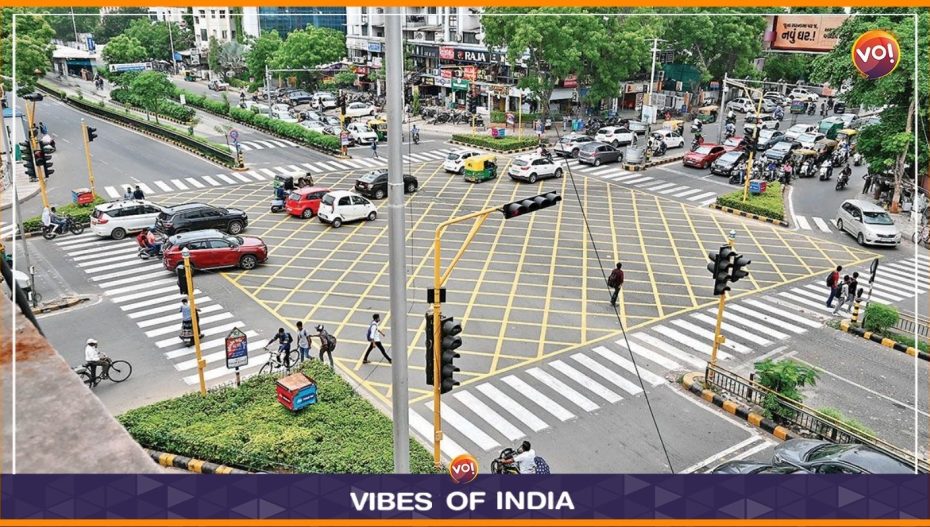Ahmedabad’s Panjrapol junction is one of a few junctions in the western part of the city which is infamous for its traffic logjams. And the amount of poisonous gases you inhale as you negotiate through the snarl all evening, is a good enough recipe to make you sick.
A team of researchers from the environmental engineering department at LD College of Engineering undertook the task of assessing the air quality at this busy junction during peak hours on winter evenings. They measured the PM10 and PM2.5 (particles 10 and 2.5 microns wide) levels entering a commuter’s lungs and bloodstream.
At a height of 6m, the PM10 levels ranged between 164.6 and 176 micrograms per cubic metre, while according to environmental rules, it should be a maximum of 100 micrograms per cubic metre for safe human breathing.
In the case of PM2.5, researchers found the concentration between 110 and 116 micrograms per cubic metre, while the upper permissible limit is 60.
This study was conducted using the operational street pollution model (OSPM) by installing special sensors at 10m and 30m heights in buildings. OSPM is an air dispersion model to study the movement, dispersion and transformation of pollutants.
The researchers, Bina Patel and Sonali Patel, reasoned that the higher concentration of pollutants at the junction was because of the “street canyon effect”, where a street is hemmed in by buildings on both sides, like a canyon. “The OSPM was run for different building heights to assess air quality in the street canyon of Panjrapol. A road length of 190m was studied at the junction.
“The vehicular emissions were modelled as an array aligned perpendicular to the wind direction, which affects crosswind diffusion at street level,” the study states.
Now when you are out in Panjrapol, at least keep your car’s window panes up and switch the AC on. That’s the best you can do in this situation to keep the fumes away and save your precious lungs.
What the civic body thinks about it and if at all it is thinking, is a billion dollar question.
Also Read: Beware, Your Long Screen Time May Be Harming Your Spine










